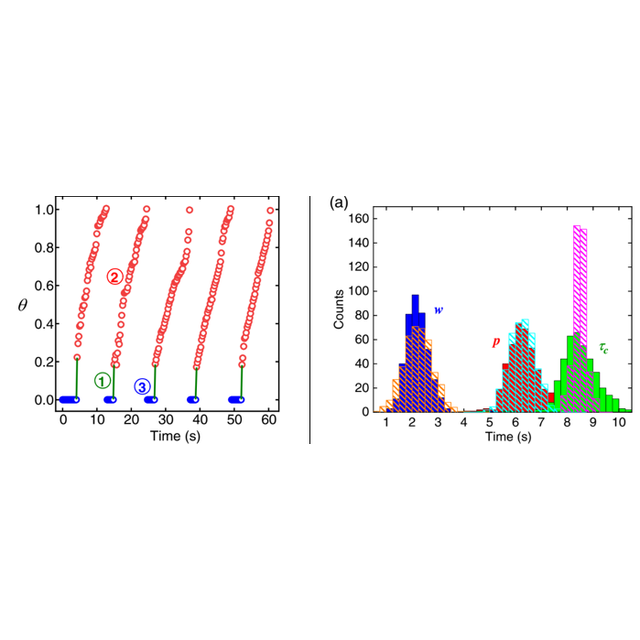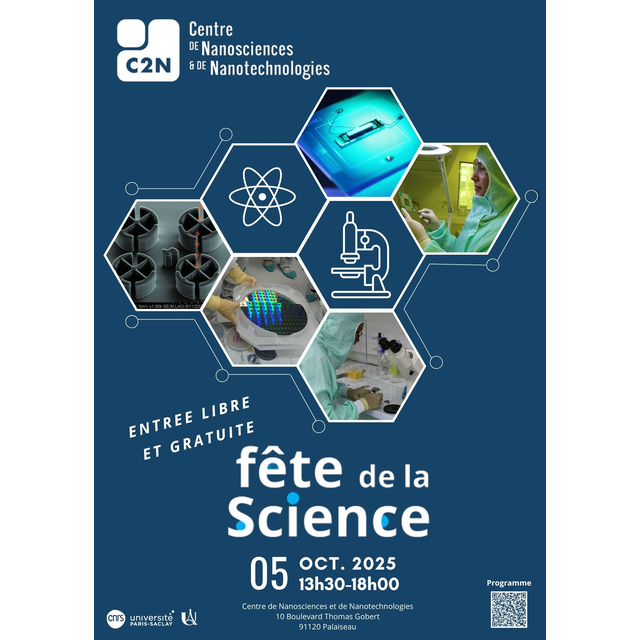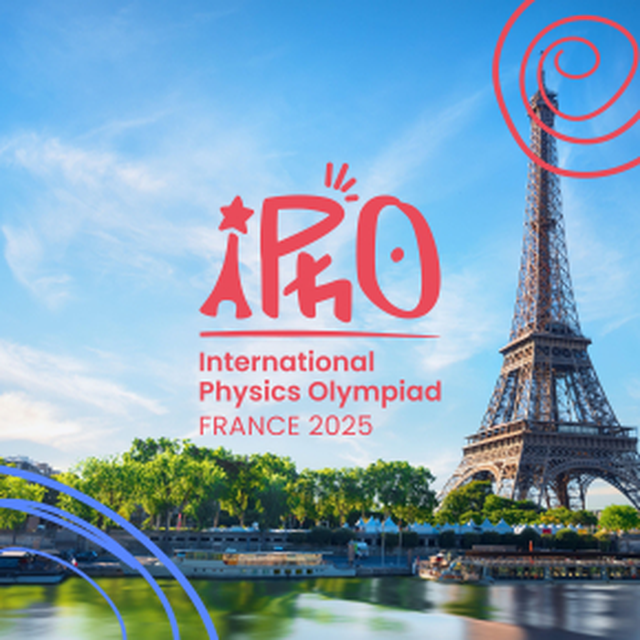The vapor-solid-liquid growth of a semiconductor nanowire proceeds via the sequential nucleation and extension of biatomic monolayers (MLs) at the interface between the nanowire stem and an apical liquid catalyst nanodroplet. Controlling the length of a nanowire section to within 1 ML is crucial for quantum axial heterostructures, be they based on alternating different materials or different crystal structures of the same material. However, the intrinsic randomness of the nucleation process induces growth rate fluctuations which make such control very tricky. In principle, one may use an in situ instrument which, by combining growth and transmission electron microscopy, provides an instant feedback that allows one to adjust the vapor fluxes. Nevertheless, finding growth conditions that inherently minimize length fluctuations would open the way for tailoring such structures blindly in a standard growth setup devoid of real time monitoring.
By combining in situ experiments on the NanoMAX platform and growth modelling, researchers at C2N have progressed significantly in this direction. During the growth of nanowires of III-V materials, the quantity of group V element in the nanodroplet at nucleation may be so low that only a fractional ML can form quasi-instantaneously. Further propagation of the ML is fed by the steady vapor input at a slower pace. After ML completion, a random waiting time elapses before next nucleation (Figure, left). At relatively low growth temperature, desorption is negligible; the group V amount available in the droplet at nucleation then scales with the preceding waiting time. Hence, a short waiting time requires a long propagation time, and vice versa.
Growth simulations backed by efficient analytical calculations show that, for certain nanowire dimensions and growth conditions, such complementarity should be quasi-perfect. Computed distributions of the waiting, propagation and ML cycle times have been compared with accurate NanoMAX data. The experiments indeed provide evidence of self-regulation, in that the distribution of the ML cycle times is narrower than expected for non-correlated waiting and propagation times, albeit not as narrow as expected theoretically (Figure, right). This is in large part due to the limited time resolution of our experiments. Other possible experimental and intrinsic sources of fluctuations are currently investigated.
Reference
Statistics of nucleation and growth of single monolayers in nanowires : Towards a deterministic regime
F. Glas, F. Panciera, and J.-C. Harmand
Phys. Status Solidi Rapid Res. Lett. 16, 2100647 (2022)
DOI : https://doi.org/10.1002/pssr.202100647
Affiliations
Centre de Nanosciences et de NanoTechnologies - C2N, CNRS, Université Paris Saclay, 10 Boulevrad Thomas Gobert, 91120 Palaiseau
Contacts :
Frank Glas
Federico Panciera
Figure : Left: Measured variation of the fraction q of ML grown (for 5 successive MLs), showing fast partial ML formation at nucleation (1), ML propagation (2) and waiting time (3). Note the random fluctuation of the waiting time between MLs. Right: Histograms of the waiting times w, propagation times p and ML cycle time tc = w+p, measured (full bars) and calculated (striped bars) at low growth temperature.









